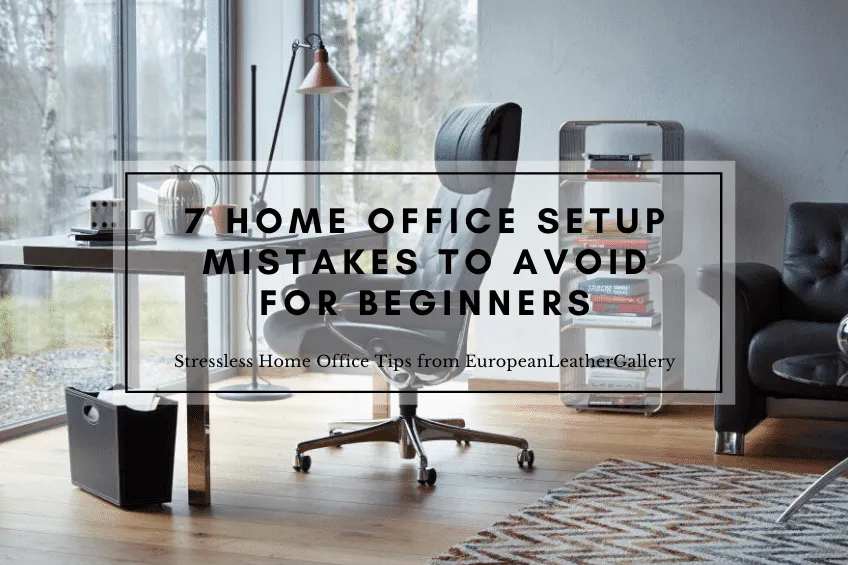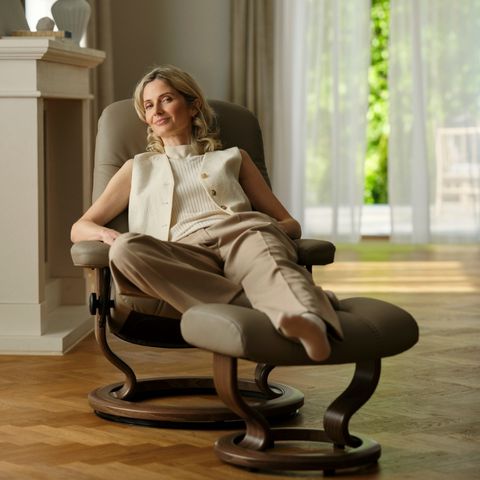Maintaining a clean home isn’t just about keeping up appearances. It’s about comfort, relaxation, and even mental health. Did you know that your environment can contribute to stress and anxiety?
When we’re trying to exist in a space full of clutter, it can be distracting. Staring at a mess can overstimulate our minds, make us feel guilty, and inhibit us from being able to relax or focus on a task.
This is why so many people are drawn to learning about tips for minimalism. The fewer items you have, the less you have to worry about keeping clean.
Want help turning your home into a stress-free paradise? Keep reading for everything you need to know about minimalist design.
1. Keep It Simple, But Be Creative
Obviously, when we’re talking about minimalist interior design, we need to keep your plan simple. However, that doesn’t mean there isn’t room for creativity in your decor. The best thing about interior design is the individualism expressed in every space.
It’s important to remember the true essence of minimalism, but not at the cost of your creative nature. Feel free to express yourself through colors, unique pieces, textures, and layouts.
This may also mean investing in top-of-the-line fixtures of design, such as elite modern furniture.
2. Make Storage An Extension Of Your Design
One of the most important tips for minimalism is finding a way to store your possessions in a creative manner. Naturally, converting to minimalist living means owning fewer possessions. However, that doesn’t mean you need to get rid of everything that’s not currently in use.
For example, you probably have supplies for various hobbies, keepsakes, equipment for outdoor activities, family board games, and more. Living a minimalistic lifestyle doesn’t require you to abandon these important items. Instead, come up with decorative and creative storage solutions that don’t infringe on your minimalist interior design.
3. Clear Out Your Clutter
As noted above, clutter can cause stress. Not only that, but clutter also creates a sense of uncleanliness and disorganization. Though you make pick things up in a hurry before guests come over, you shouldn’t have to live like that in between.
Fortunately, cleaning out your clutter can benefit you in multiple ways. Aside from having a tidier, stress-free home, you can also make money off your unwanted items.
Host a big garage sale and get the neighbors involved to drive in more traffic. You can also sell your items online using social media, Craigslist, and other listing platforms. Worst case scenario, you can donate whatever you can’t sell.
4. Live By The “One In, One Out” Rule
Minimalism in home design isn’t just about decor, it’s also about controlling your consumer habits. As consumers, we have way too much stuff. For example, studies show that most of us only use about 50% of our wardrobes.
Instead of clogging up your closets, dressers, drawers, and storage units with clothes you’ll never wear, take an alternative approach. Use the “one in, one out” rule. Only buy new pants (or shoes, or shirts, etc.) when replacing another one.
Use this principle for the entirety of minimalist living. This includes everything from creating a productive workspace to decorating your living room.
6. Invest In Good Lighting
One of the best things about minimalist room designs is how much space it seems to add to a given area. The fewer items there are in a room, the bigger and more open it feels. However, an exquisite minimalist design also incorporates quality lighting.
The warmth and brightness of the lights in your rooms will play a significant role in the overall feel or ambiance of that space. You don’t want it to feel like a hospital with overly-bright lights, but you also don’t want your rooms feeling dark and dingy.
We recommend increasing the natural light in each room as much as possible. You can do this by using high-gloss paints on your walls. It’s also important to use light, bright colors for your walls and ceilings.
If a room has limited natural lighting options, you can either install a skylight or invest in lamps and lights that create the illusion of natural lighting.
7. Keep Things Interesting By Using Different Textures
Some people worry that incorporating a minimalistic design into their homes will leave things feeling cold and boring. If executed improperly, this fear can become a reality. However, this undesired outcome is relatively easy to avoid.
One of the best tips for minimalism is learning how to use textures to your advantage. While a hodge-podge of colors can make any room feel cluttered (even a minimalistic room), a myriad of textures adds depth and intrigue.
However, you must adhere to a few simple rules:
- Use warm textures (wool, felt, rugs, knitted throws, pillows, etc.)
- Balance out with cold textures (metals, woods, etc.)
- Stay within the same color tone
- Be conservative with color-pops
With minimalism, less is more, except when it comes to textures.
8. Focus On Function
Finally, remember that one of the most important elements of minimalist living is functionality. This applies across the board to your lifestyle, decor, wardrobe, and more.
There’s no point in making great efforts to downsize your possessions and declutter your home if it’s left in a state of dysfunction. If anything, the minimalist design should increase the functionality and efficiency of your home, not make it worse.
Everything in your home needs to have a purpose. For extra points, find ways to make things have multiple purposes.
Are you looking for minimalist furniture inspiration for your home? European Leather Gallery carries Ekornes Stressless and Fjords Hjellegjerde—the best and most famous Nordic design furniture in the world.






